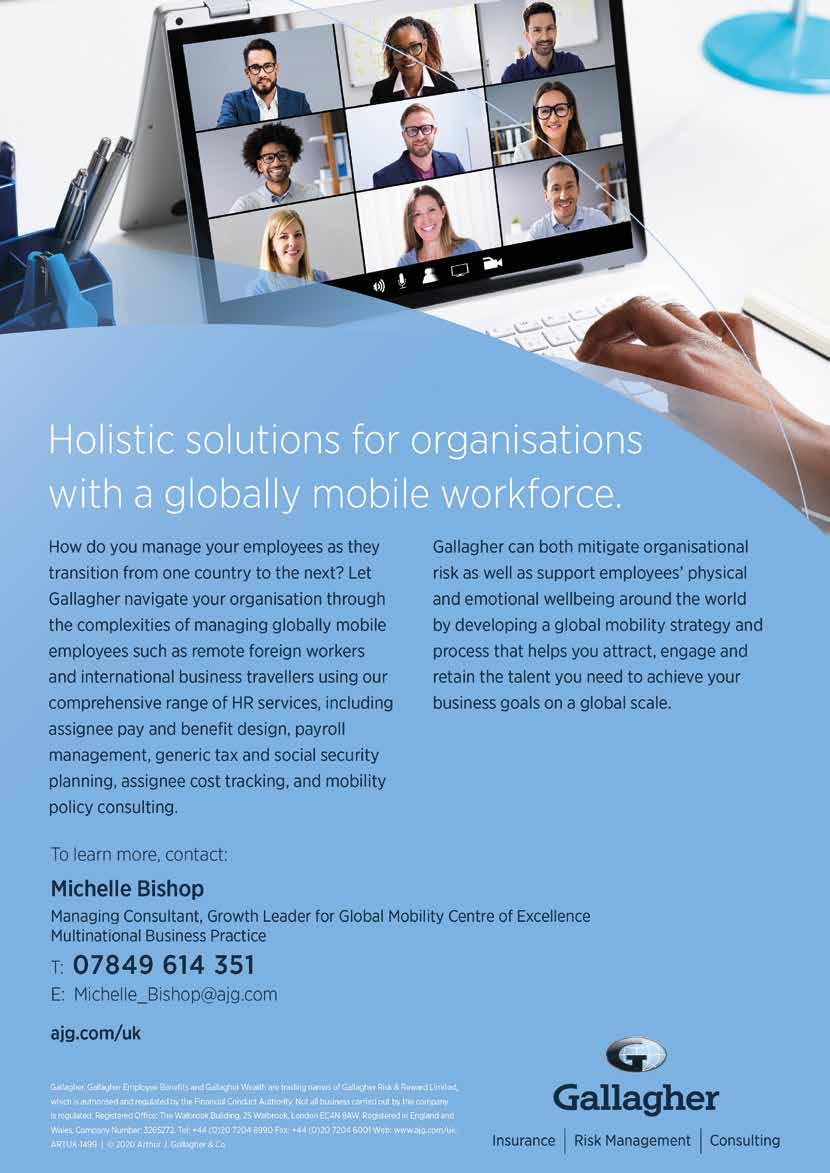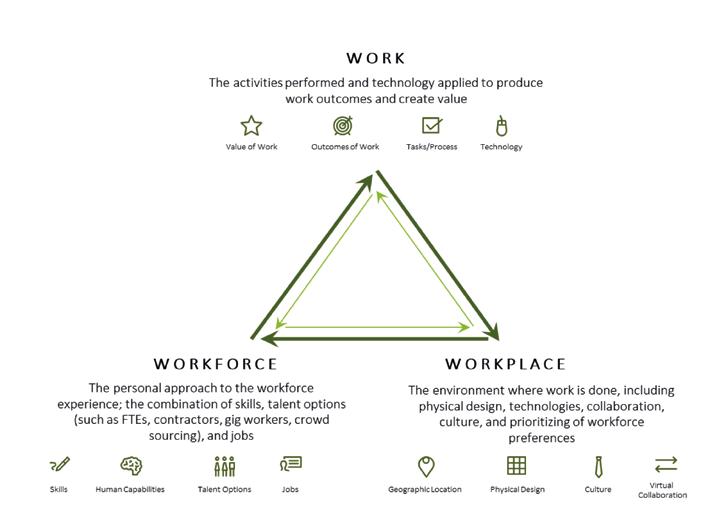INTERNATIONAL HR STRATEGY
Remote Working: Setting The Right Strategy In recent years, many employers have seen a steady increase in remote working requests, driven by the employee looking to combine a successful career with a more balanced lifestyle. Whether this is as a result of the millennial challenge to a traditional approach to work-life balance, the increased importance of wellbeing, or trying to fit a busy work schedule in with the challenges of family life, many businesses have already started to take steps to introduce a more agile and flexible approach to this type of request. In the current environment, these changing demands have now been tried and tested worldwide with a scale and rapidity never previously anticipated. At the start of the
COVID-19 pandemic, remote working on-mass seemed to be a temporary necessity for both employers and employees but evolved in a short period of time into the “new normal”. This "new normal" is viewed by some as an improvement to the predominantly site-based, fixed working location of prelockdown culture. According to Deloitte research, 54% of people in the UK currently working from home because of the lockdown, say they would like to work from home more often than they did before lockdown once restrictions are fully lifted. Just one in 10 say they plan to work from home less often than they did before lockdown (1). The future of work has rapidly accelerated, and organisations are seeing a huge opportunity to reimagine work, workforce and the workplace. Supporting the future of work has moved up the corporate agenda. For some parts of the business and for some roles, where work is done may become location-agnostic and there will be an increased focus on
how work is done, leveraging robotics and automation, digital capabilities, connected platforms, tools and techniques. For many organisations, a key question is: How can we build on our 2020 remote working ‘experiment’ to harness benefits for our longterm employment strategy? Some large corporations have already publicly announced their new remote working stance, whilst others are beginning to explore how a broader remote working approach could be embedded as part of their longer-term talent strategy, increasing diversity through access to a wider talent pool. Where there is an international element, complexities inevitably increase. As we have seen through the pandemic, crossborder remote working can be enabled, but it can give rise to significant challenges and risks without appropriate assessment and mitigating actions. Human Resources and Global Mobility functions should be well positioned to
Figure 1 – The future of Work through three highly interdependent disruptors; work, workforce and workplace, Deloitte LLP
3










